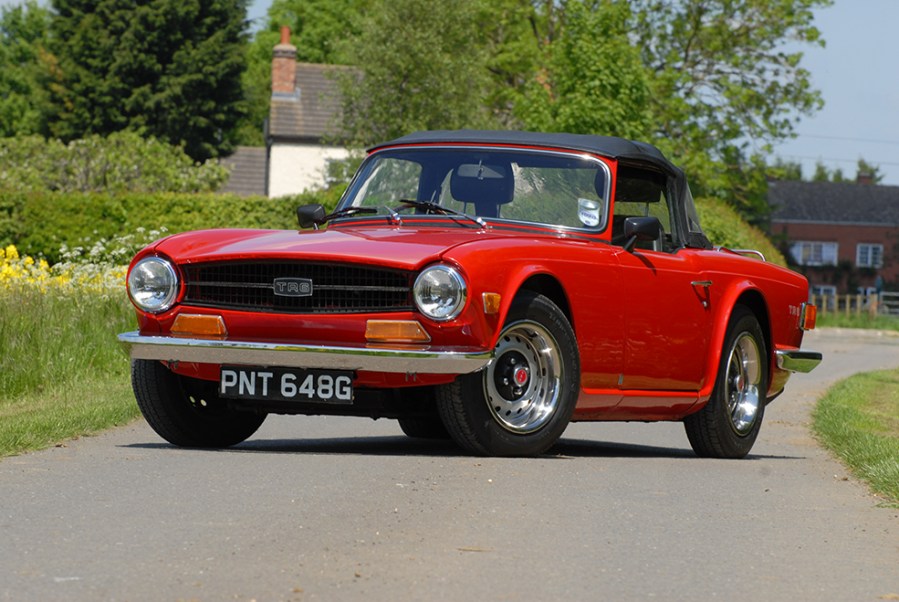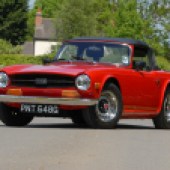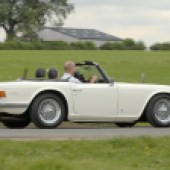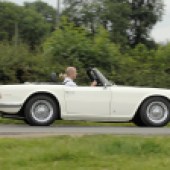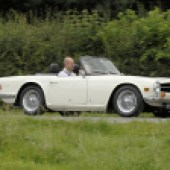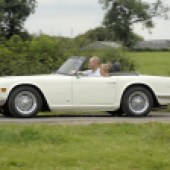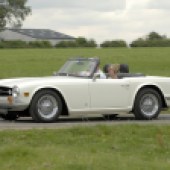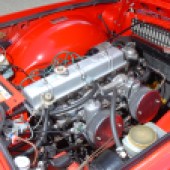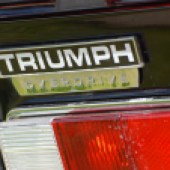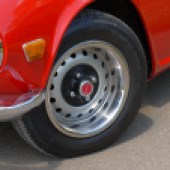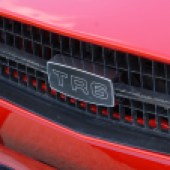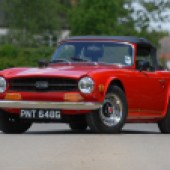Half a century after it first appeared, we ask whether the final separate-chassis TR, the TR6, was the last of the traditional British sports cars.
Ask anyone about British sports cars, and you’ll hear the same clichés every time. Hairy chested. Burbly. Meaty. Muscular. And while that’s undeniably true about the specialist manufacturers such as Morgan and TVR, when did we last have a mainstream manufacturer offering a car which fitted this mould? The breed was best popularised by the Austin Healey range, but the subsequent MGC never quite captured the public’s imagination in the same way. One car which did, however, was the Triumph TR6.
Launched in 1969, the TR6 was effectively a thorough facelift of its TR5 predecessor. The TR5 marked a distinct shift up for the TR range – having previously been powered by four cylinders with plenty of low-down torque, the TR5 updated the recipe with a fuel injected 2.5-litre six pot derived from the saloon range.
The TR6 built upon this recipe still further – the Michelotti body needed a refresh but the Italians were busy, so Triumph asked German styling house Karmann to refresh the TR5 body into something suitable for the Seventies. By squaring off the nose and tail, moving the headlamps outboard and restyling the rear to more strongly resemble the new corporate look. Under the bonnet, little had changed – this meant the same 2.5-litre engine, the same Lucas fuel injection system, and the same 150bhp.
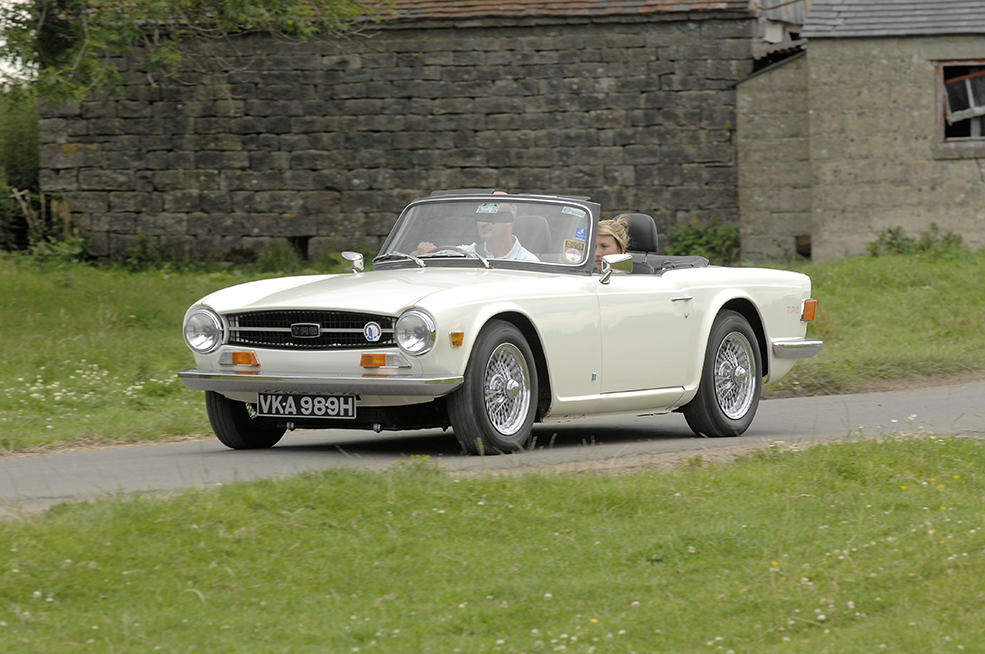
The prelude – TR4 and 5
The TR6 was the summation of a line of TR sports cars which had effectively begun with the TR2. Chassis upgrades led to the TR3A of 1957 – and when it was time to refresh the model for 1961, Triumph brought in new stylists Michelotti to update the TR range. Under the skin of the new TR4 was the same drivetrain as before, but with niceties including a proper hood, wind-down windows and a more usable boot space.
The TR4A of 1965 brought independent rear suspension to the model, which (hard as it may seem to those used to later TRs) offered better ride and handling characteristics. The hood was improved using lessons learned from the Herald convertible, and while thought was given to a bigger engine, it took until the 1967 TR5 model for this to happen.

This car, cosmetically similar to the TR4A, was the first six-cylinder TR and the mechanical blueprint for the TR6 model. It used Lucas fuel injection to make the most of the engine’s available power – 150bhp in UK trim – but the emissions and price needs of the American market forced an alternative approach. The TR250 model the Americans got used twin Strombergs, dropping power but increasing economy. Barely 12 months into production, Triumph demanded a cosmetic refresh and the result of that work was the TR6.
The development
Once again, the US-market cars had differences – though they did at least keep the same name unlike the preceding TR250. The injection system was replaced by Strombergs; an emissions measure which cut horsepower. While in the UK we are more used to seeing injected TR6s, just 8370-UK market cars were produced with injection, and 5333 for the rest of the world. The US-specification models numbered over 78000, meaning that carburetted TR6s are becoming ever more common in the UK through the number of dry-state cars reimported for restoration.
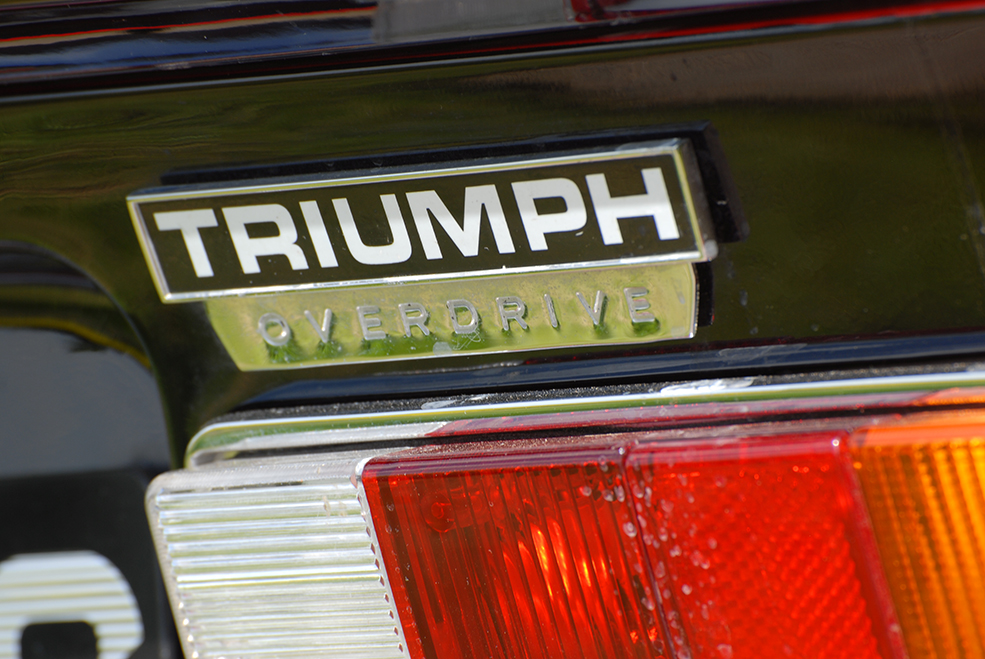
It’s fair to say that these cars were strangled by emissions equipment – the early models (known as CC) wheezed their way to 104bhp, while the subsequent CF (concurrent to our CR) managed 106bhp. This meant that while the UK cars could do 0-60 in just over 8 seconds and nudge 120, the US-spec cars struggled to make 10 seconds and 110.
UK cars would themselves see a drop in power by 1973, as part of the revisions made to the model for the new ‘CR’ era cars. These models, denoted by a change in the first two characters of the chassis number from CP to CR, were detuned to 125bhp. This was done by changing the fuel metering unit, the distributor and the cam among other things, making upgrade work possible but involved. Detail trim changes and the deletion of overdrive on second gear also denoted these later CR models, which are typically worth around 10-15% less than the CP cars in equivalent condition.
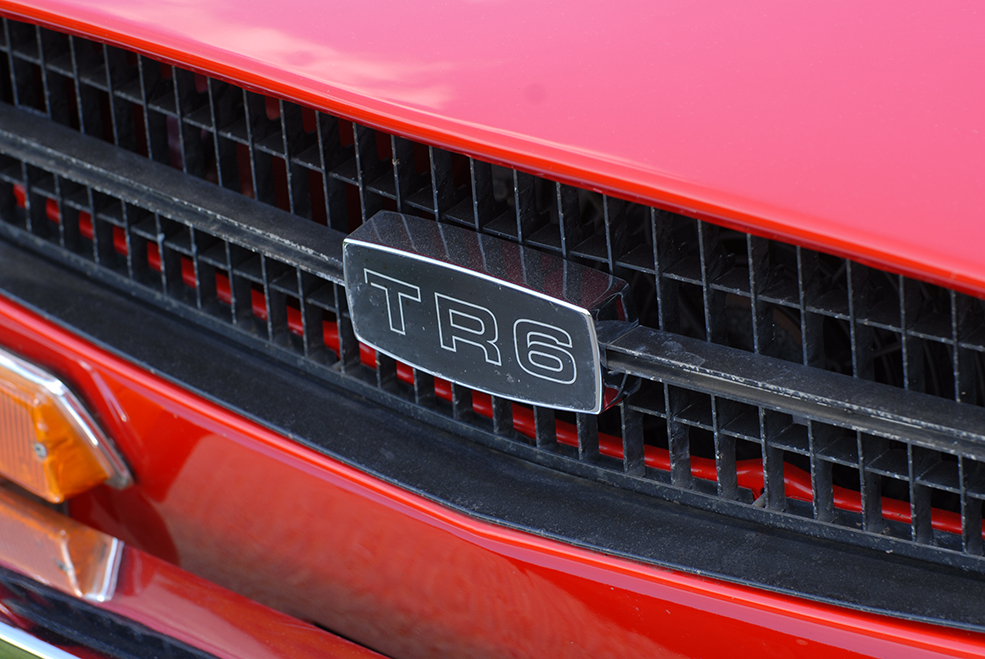
The legacy
When the Triumph TR6 was discontinued in 1975, the world had become a very different place. New regulations – driven largely by the American market which had been such a key part of the sports car plan for British Leyland – meant that the TR6’s successor was never going to be a brutish, fast drophead. Even If BL had had the wherewithal, fears of legislation outlawing convertibles meant the new car had to have a roof. The failure of the Stag in America meant that the next sportscar couldn’t use the V8, and with the six-pot looking long in the tooth that meant the Dolomite’s four-cylinder. The car we were destined to get, ultimately, was a dilution of the brutish sports cars of old – arguably more of a GT.
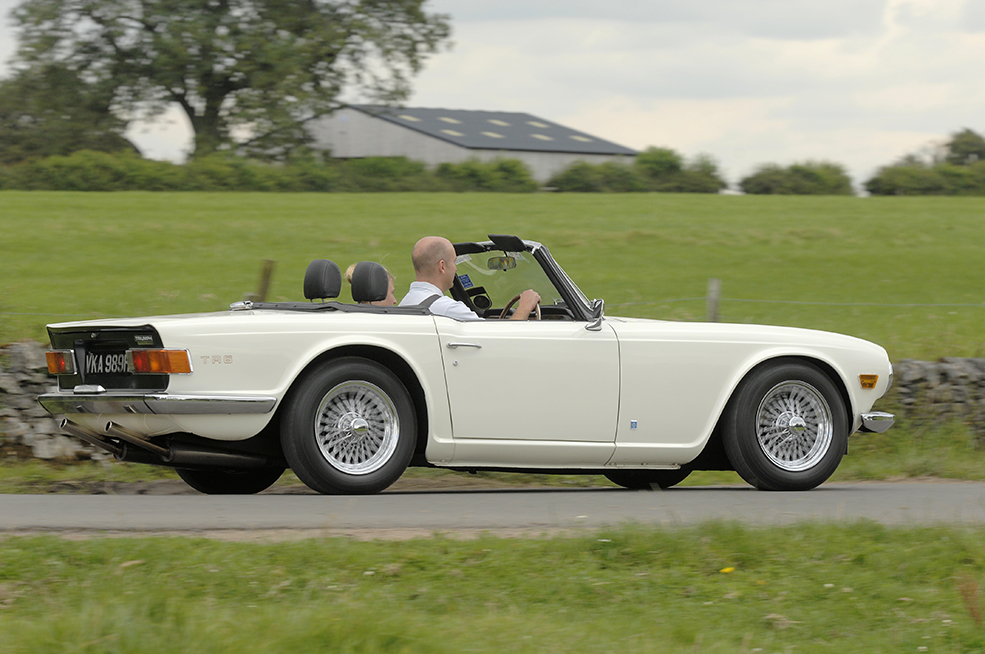
That doesn’t make the TR7 a bad car, nor a bad classic – far from it. With styling that was of its time, well tried and easily sourced mechanical parts and a chassis that was competent, the TR7 makes a lot of sense as a classic buy. Moreover, later models were available with convertible styling, meaning that the wind in the hair experience returned. But the TR7 never quite replaced the TR6 in spirit, and it was left to smaller manufacturers to pick up the baton.
TVR and Morgan, arguably, maintained the mantle of the big British bruiser well into the 21st century.

